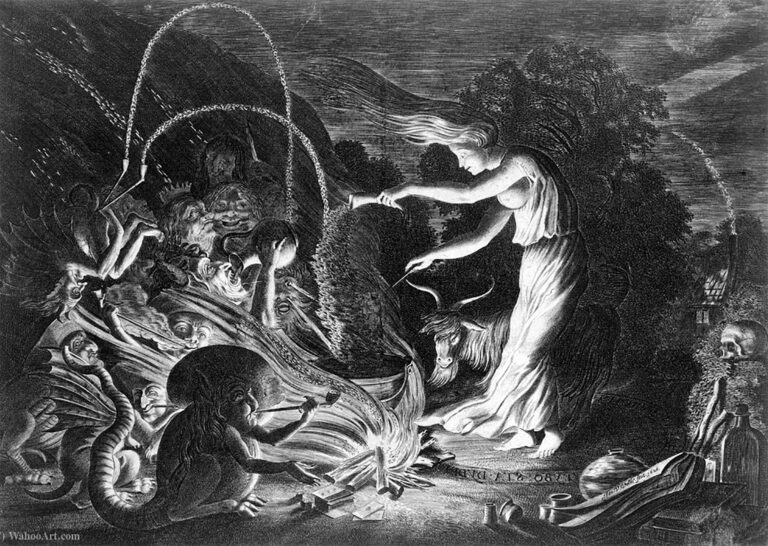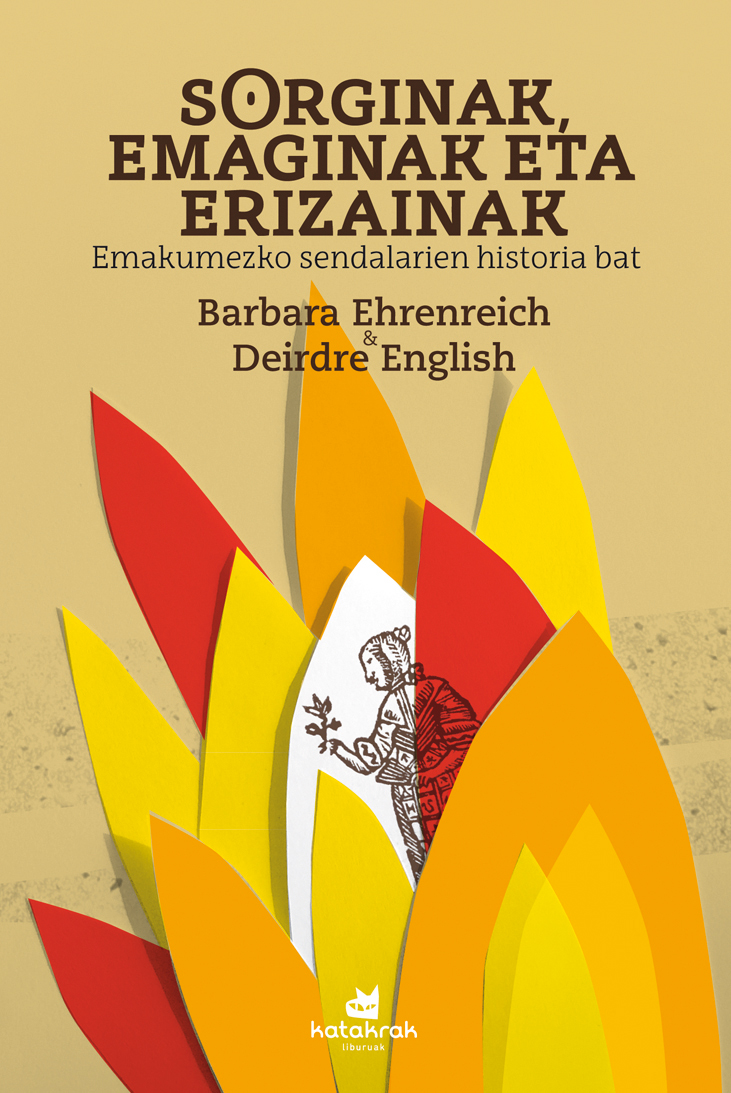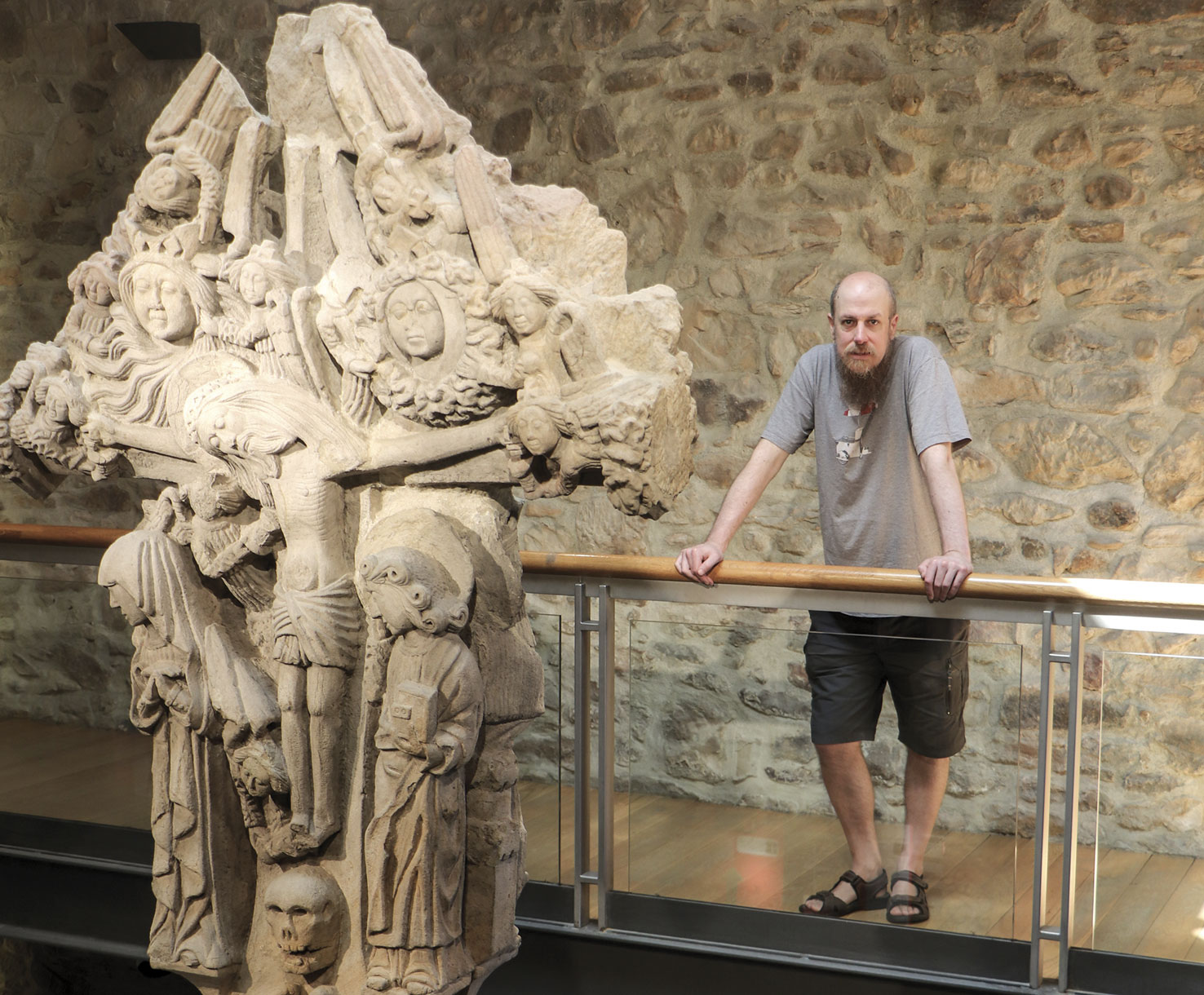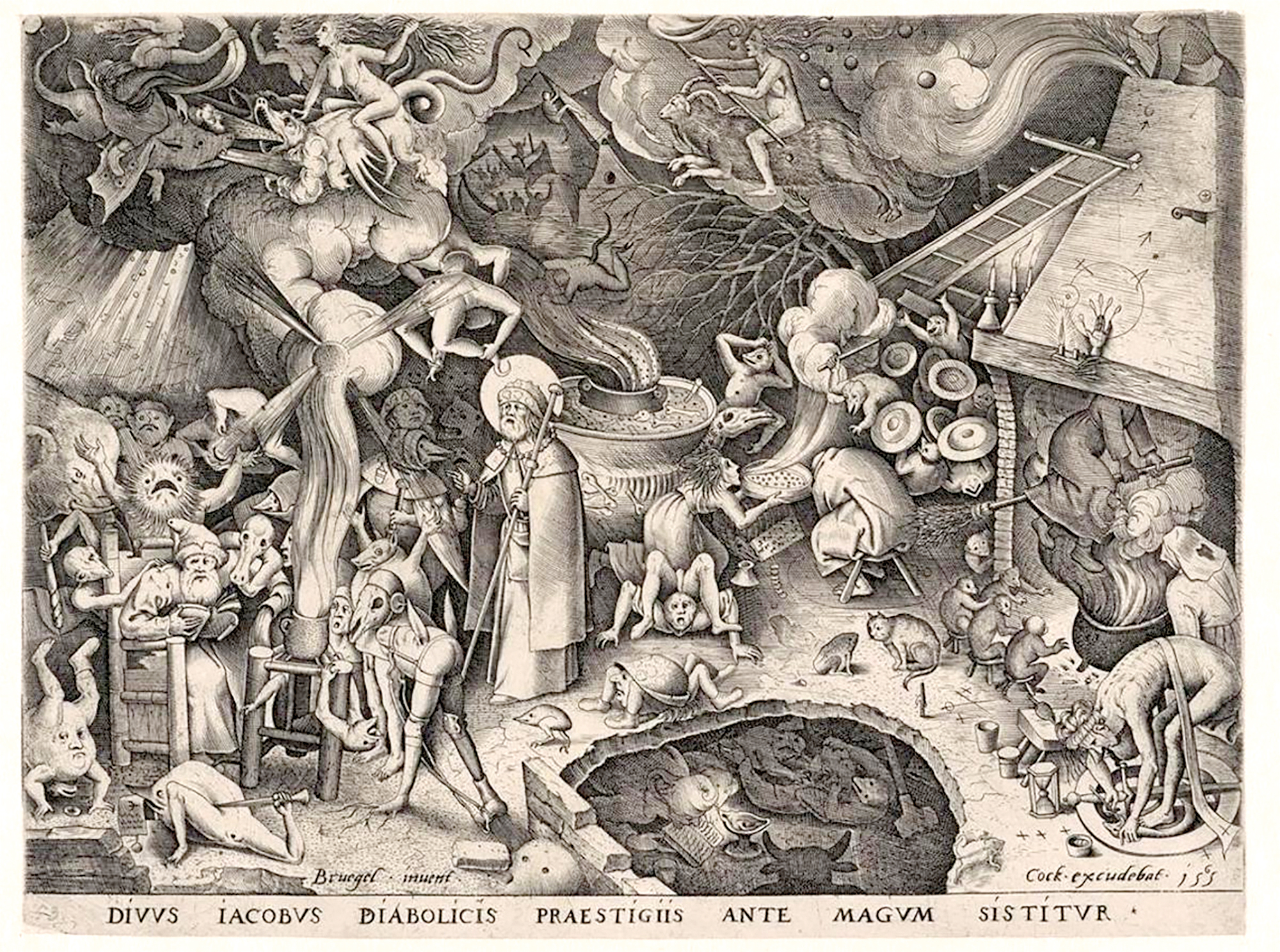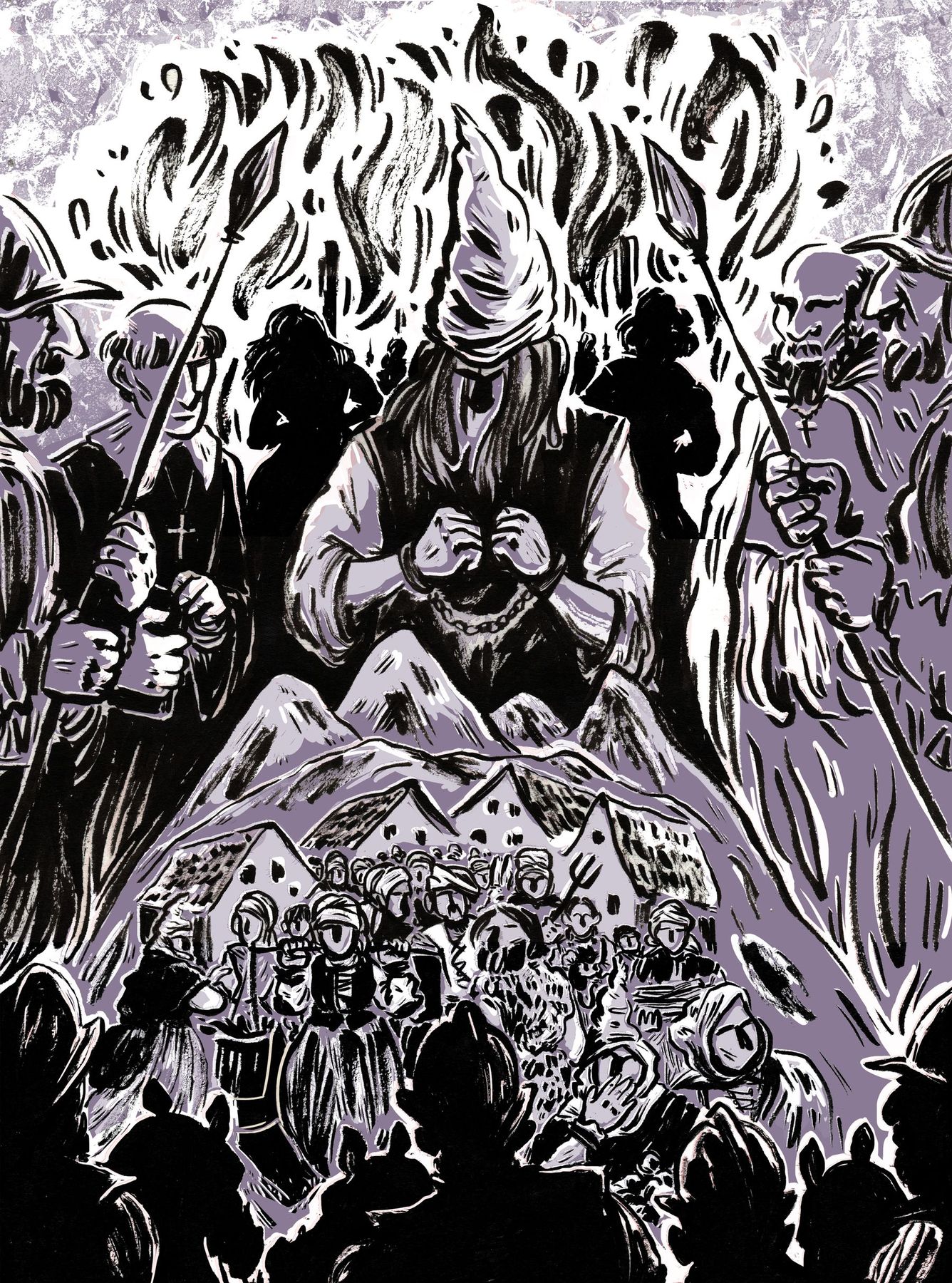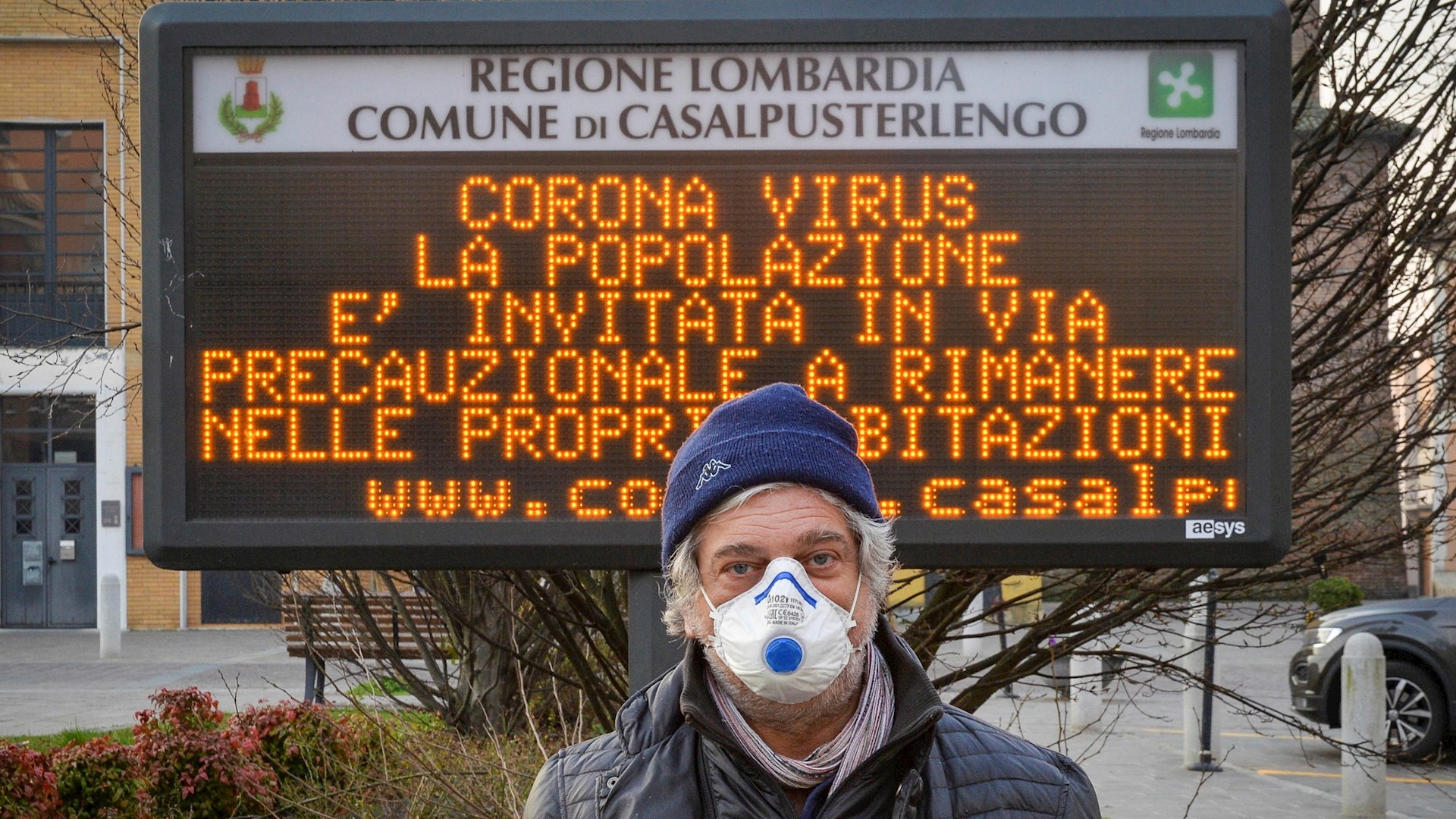Helena Xurio Arburua: "The excessive massacre that caused the inquisition has been silenced under threats."
- Helena Xurio (Zugarramurdi, 1970) began studying the history of the people, feeling the need to set aside their stories and legends and know the truth. Along with the comic book artist Asisko Urmeneta, beyond Euskal Herria, has read what they have written about inquisition and, after spinning it, has compiled the result in a comic book. To make visible the experience from Zugarramurdi and Roncal to Aezkoa in the Sugar century, the work of people in town is now presented.

When did you see the need to make historical memory and why did you start working?
When we were children, we have always heard that there had been witches in the village, that Zugarramurdi was a village of witches… Asking mothers, amatxis and older people, nobody knew anything. My kusina, Koro Irazoki, started to investigate. She took out a booklet entitled The Witches of Zugarramurdi and collected the punishments of the people. I started to become aware that I had that list in my hands. I saw that the surnames of these people are the names of the homes of Zugarramurdi today and I replaced those that were then punished by the people of today. Knowing that 32 people from the people were hunted, transferred to a foreign people, kidnapped, tortured, destroyed, killed several in the same town and burned the people who denied the accusations until the last moment, how is it possible that not a drop will come about? This was my question.
There are many works on witches. But often, witches are the center of legends. There's something to tell from behind ...
Yes, in recent years this story has become a story or a myth, and seeing that has also been an impulse to tell the truth. With the sufferings of our ancestors we are creating a story in the Basque Country, claiming that being bruges is good and that we are sons and daughters of witches who burned them. The truth is so hard that we've started inventing it ... Faced with that, I felt the need to open my eyes and tell our story.
The result has been the Sugarren mende comic. Why that title?
On the one hand, Zugarramurdi is given a nod, sugarra-Zugarra(murdi). We start from what happened in the village, but you can't just tell that, without historical context. We realized that we had to count the entire century, starting with the conquest of Navarre. That is where for the first time the concept of satanic sect appears in the history of the Basque Country. These satanic sects were found at sites favorable to Katherina I.aren and Johan III of Albret – Roncal, Salazar, Aezkoa, Valcarlos…–. From there, during a century (1513-1616), a great cleaning took place, with enormous flames from Roncal to Amezcoa, passing through Lapurdi (from there, century, century). The two empires wanted to clean the border to set their borders.
Starting from the witch hunt at Zugarramurdi, you have analyzed the massacre at Euskal Herria.
Yes. The beginning was in Zugarramurdi in 1580. The neighbors planted an apple tree, decided that Zugarramurdi would become independent from the monastery of Urdax and create the village house. The people attending this assembly were tried and sentenced 30 years later. From there, we collect the process until 1616. The Zugarramurdi case is the most modern and well-known, but not the only one, but the processes that caused the most deaths. In those areas and in the Roncal, a lot of people were burned. We know nothing about Lapurdi, because the inquisitor Pierre de Lancre burned all the papers. We cannot see the magnitude of this massacre.
They say that little research has been done on the political and police nature of the inquisition. What needs to be investigated?
It has been investigated outside the Basque Country and that is what we wanted to do. We have come to countries that have been Spanish colonies and have gained independence and we have seen that no one has claimed that they were witches there. There, they have their own narrative, and because we are still in an occupied country, we haven't worked that perspective. For me it has been a great discovery and I would say that this is the main contribution this work makes.
The people were victims of the war...
We say they were hunting pieces. Leaving the word ‘witch’ is difficult for people... but they were not witches, our ancestors died for ‘we are not witches’ and we should not claim it.
What kind of people were tried, convicted and tortured?
Generalist. These pieces were part of the social leaders of all classes at the time. Shipowners, nobles, priests, lawyers, carboneros, molineros, beggars…, both men and women and many children. When Salazar arrived in the region of Bidasoa – Baztan, Malerreka, Cinco Villas and Xaretara – he received almost 1,400 complaints from children. A whole people was punished.
They claim that the harassment in Lapurdi and Navarra was coordinated, from one moment to the next.
At one point, Spain and France, which were historic enemies, knew how to unite to clean our country. In a 1609 document, León Aranibar, head of the monastery of Urdax, and the chief spy of the representative of the king of Spain, held a meeting in Ainhoa. There came the head of De Lancre, Mr. de Urtubi, Mr. de Senpere [who were historically great enemies] and the inquisitor of Logroño Juan Valle Alvarado to capture our people. They met several times to take that conquered area of Navarra and define its limit.
How did the people stop after the inquisition?
Bah! In the places that have suffered the most, you see their greatest clamour. We enter Zugarramurdi and we see the witch, the Lezea de las Bruges, the Museum of the Witches, the dolls, the stickers, the group of the village house is Akelarre, also the association… The word akelarre was invented by the inquisition in Logroño, and we are claiming it. It will be difficult to break that link between Zugarramurdi and the witch, but we will have to begin to become aware. We know that they were not witches and we should not call them like this… We cannot forget that the inquisition caused division and mistrust in the people. In 1610, those who recognized that they were witches did so under torture and denounced other citizens... This led to mistrust and fear in the people and the destruction of the people ' s values.
Silence has concealed the whole truth...
Yes, the Inquisition issued an edict of silence under the threat of a penalty and, consequently, it was forbidden to speak of the persecution of the Inquisition. In 1616, a group of Zugarramurdi, many of whom passed through the prison in Logroño, went to the monastery of Urdazubi in search of justice and reparation, but Aranibar reminded them of that edict. So we have to understand that silence of 400 years, which I think is an indicator of how the massacre is measured. This silence has concealed the domination and horror of colonialism. I've often thought: “When would this be erased from the memory of our ancestors?” Notice, Pedro Agerre Axular published the book at that time, in 1643. She lived all that, it was from here. How did you not mention anything? The threat of the conviction was there…
Breaking that silence, in November you organized a tribute to the 32 victims of the people and a quote to present the book.
We gather in Etxeberri Square, pay homage to our ancestors and present the book in the village. The mayor, with the excuse of the coronavirus, prohibited us at the last moment the presentation of the book, without giving the option to vote to the members of the municipal group. Despite all the prohibitions, we decided to pay tribute to our citizenship. We got together in Etxeberri Square and planted the apple tree, as they did in the 1580 assembly. The head of the monastery, León Aranibar, had banned the planting of the tree by the population and was a gesture of opposition, to demonstrate its status as an independent people. It was planted by the descendants of the first mayor, Mikael Goiburu, elected at that meeting, Maitane de Goiburu and Mattin. As a tribute to the citizens condemned in the process, we said the names individually and read the history of each citizen, cleaning up the memory of our ancestors.
Now you are presenting your work people to people. Where are the next performances in the region?
On 5 February we will be in Elizondo, on 6 in Arantza, on 16 in Lesaka and on 30 in Ezkurra. At the same time as the work is presented, we want to ask for help in the villages, collecting as much data as possible to produce a report.
For a matter of work, I had to reread this wonderful book. A short book that brings together feminist theory, genealogy and history, and that will surely have a lot of criticism looking on the net and, surprise! I found one, which Irati Majuelo wrote in Berria.El book published... [+]
The Christian religion ended the knowledge, wisdom and self-management of witches, imposing thought and, therefore, a certain life. They were tortured, raped and killed. With the intention of moving these religious convictions to every corner of Europe, many citizens engaged in... [+]
Ezin zenbatu sorginen inguruan egindako liburu, film, erakusketa, hitzaldi eta souvenirrak Euskal Herrian. Baina gehienetan ohiko galderak baino ez dira iradokitzen, ea emakume horiek zer egiten zuten, ea benetan elkartzen ote ziren akelarrean, ea zer droga hartzen zuten, ea... [+]
“Koronabirusak mundua lurralde ezezagun batera eraman du” esan zuen Munduko Osasun Erakundearen zuzendari nagusiak Covid-19ak zuzenean eragindako heriotzek 3.000ko langa gainditu zutenean. Planetako agintariak alor bat baino gehiagotan aurkitu dira bide-orri garbirik... [+]









